As the ice in Antarctica retreats, divers have access to places and species that few have ever visited before. But how long will these treasures survive in our rapidly changing world?

YOUR FACE STINGS from the cold Antarctic water when you take that first plunge. Any exposed skin quickly becomes numb and your heart rate increases. Due to the high salinity, the seawater remains at a stable and frigid minus one degrees Celsius. Reality kicks in: We are diving in Antarctica.
Most people only dream of visiting this magical place. The people that live this dream are few and those that dive it are even fewer. Antarctica is a continent of extremes: the coldest, the highest, the driest and the windiest continent on Earth. Antarctica is so vast that only a small portion of it can be explored, and that only during a period of a few weeks. Most visitors explore the Antarctic Peninsula. It is a landmass covered with a huge quantity of ice; 90 percent of the all the ice on Earth can be found on Antarctica. The effects of environmental changes on Antarctica, although not as obvious as those in the Arctic, are emerging. The annual and seasonal trends show a lot of variability and given the vast expanse that this continent covers, it is sometimes difficult to see the big picture.
THE CANARY IN THE COAL MINE
Nonetheless, change is evident: As the ice melts, more navigable channels of open water are formed. During the Antarctic summer, divers can explore regions much farther south than ever before because the ice is retreating.
Esta historia es de la edición Issue 01 - 2017 de Asian Diver.
Comience su prueba gratuita de Magzter GOLD de 7 días para acceder a miles de historias premium seleccionadas y a más de 9,000 revistas y periódicos.
Ya eres suscriptor ? Conectar
Esta historia es de la edición Issue 01 - 2017 de Asian Diver.
Comience su prueba gratuita de Magzter GOLD de 7 días para acceder a miles de historias premium seleccionadas y a más de 9,000 revistas y periódicos.
Ya eres suscriptor? Conectar
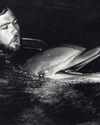
The Sea Specialist: An Interview With Bret Gilliam
Most people learn to crawl before they walk, but there is a man who learned to swim before taking his first steps. Diver, entrepreneur, writer, athlete, maritime specialist – Bret Gilliam is the complete package. Just add water.

The Best Of Diving In Southeast Asia: Explore The Amazon Of The Seas
Southeast Asia encompasses the world’s most biodiverse reefs and some of the best diving anywhere on the planet. From the tiniest and rarest critters to huge fish schools and the biggest pelagics, the region has it all, and there’s something to suit divers of any level.
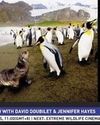
Below With David Doubilet & Jennifer Hayes
Best known for their work with National Geographic, David Doubilet and Jennifer Hayes came together to discuss their work with the youth, and, as Jennifer put it, “submerging with the emerging talent”.
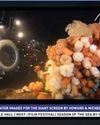
Underwater Images For The Giant Screen
Howard and Michele Hall are best known for their success in underwater IMAX filmmaking.
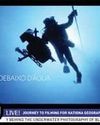
Journey To Filming For National Geographic Wild Brazil
Cristian is an acclaimed and highly versatile Brazilian wildlife filmmaker who works both underwater and topside.
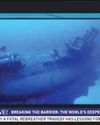
Breaking The Barrier: The World's Deepest Dive
David Strike shared a brilliant presentation about the history of deep diving and how Lt. George Wookey achieved the world’s deepest dive in 1956 using a surface-supplied rebreather.
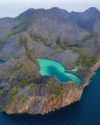
Dive the Golden Land
The Best of Diving In Southeast Asia

OFFICIAL LAUNCH OF BLUE HOPE
Top Session of the Week (14,319 (Views) / 42,831 (Reach)
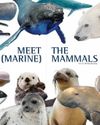
MEET THE (MARINE) MAMMALS
MEET THE (MARINE) MAMMALS

Fashion Faux Pas
What can be done to mitigate the impact of the garment industry on our oceans?